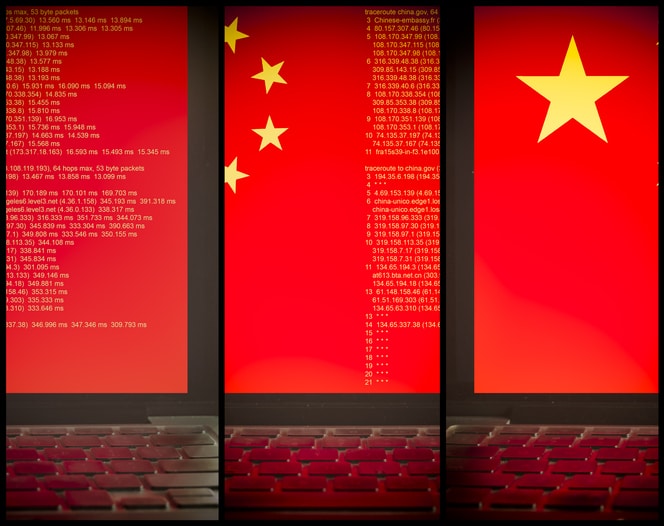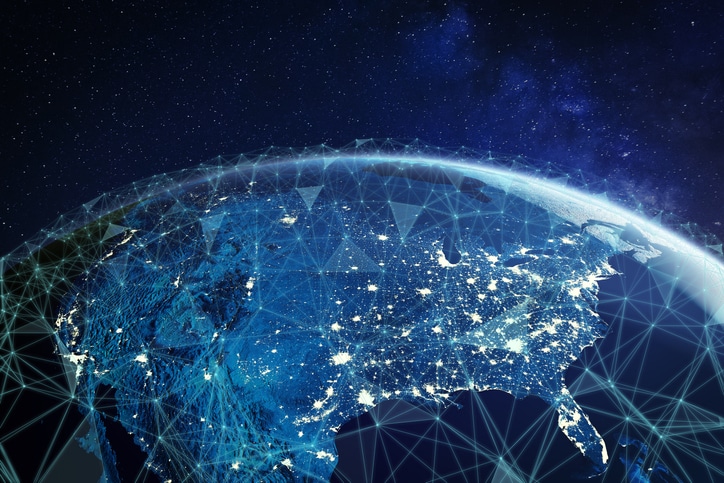
Business Executives Have Concern About Remote Workplace Cybersecurity
Remote Workforce Cybersecurity is a growing concern for businesses who are adapting to the Covid-19 pandemic. Although many tools are available to secure vital data, the remote employee still poses the greatest threat. The challenge therefore is to train employees how to regularly use effective cybersecurity practices.
Effective IT Tools and Policies
A number of tools are available for cybersecurity. These include the use of Virtual Personal Networks (VPN)s, encrypted data protocols, dual authentication, and providing employees with properly set up equipment. Policies can also help to mitigate cyber vulnerabilities. These include prohibiting data from being on employees’ personal devices and establishing protocol for meeting software usage. All of these, however are only as effective as the daily habits of the employees that are accessing secure data.
Information Security Management Systems
An Information Security Management System (ISMS) is a comprehensive approach to keeping corporate information secure. It involves people, processes, and IT systems to coordinate business security efforts. ISO 27001 (ISO/IEC 27001) is a standard for developing an ISMS that ensures comprehensive integration of internationally recognized best practices. Because it employs risk management and continual evaluation for improvement it is a dynamic tool capable of adapting to a cyberthreat environment that is growing in scale and complexity. As with any management system, continual training is critical for effective implementation.
Improving Remote Workforce Cybersecurity Practices
Although cyber-criminals are using increasingly sophisticated tools phishing remains a leading form of attack. Employees should be trained to think before they click on suspicious emails and links. Other basic practices include proper password etiquette. Passwords should be should be strong and unique. Follow this link for The National Institute for Science and Technology’s guidance on Choosing and Protecting Passwords.
People can be brilliant and still not regularly practice common sense. Instilling good practices involves continual education. While it is easy to point the finger elsewhere, you may well ask yourself how well you practice cybersecurity basics. To find out take the Federal Trade Commission Cybersecurity Basics Quiz.
CVG Strategy
CVG Strategy cybersecurity experts are committed to keeping business information secure. This is more critical than ever as remote workforce cybersecurity practices increase vulnerability. We can help your business implement ISMS solutions that fit your unique requirements and provide the training required to make them work. Contact Us today to see how we can help.


















